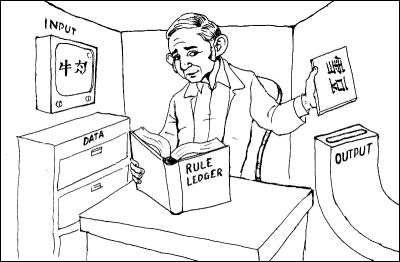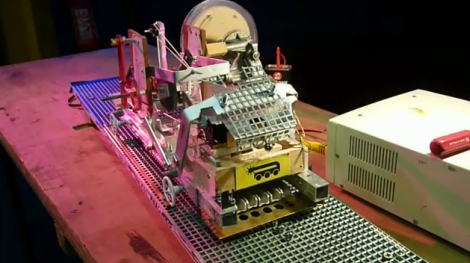
A team based in Russia has developed a program that has passed the iconic Turing Test. The test was carried out at the Royal Society in London, and was able to convince 33 percent of the judges that it was a 13-year-old Ukrainian boy named Eugene Goostman.
The Turing Test was developed by [Alan Turing] in 1950 as an existence proof for intelligence: if a computer can fool a human operator into thinking it’s human, then by definition the computer must be intelligent. It should be noted that [Turing] did not address what intelligence was, but only tried to identify human like behavior in a machine.
Thirty years later, a philosopher by the name of [John Searle] pointed out that even a machine that could pass the Turing Test would still not be intelligent. He did this through a fascinating thought experiment called “The Chinese Room“.
Continue reading “Ask Hackaday: Program Passes Turing Test, But Is It Intelligent?”












